
Cultural heritage value:
The art in the Mogao Caves is a three-dimensional art combining architecture, sculptures and paintings. Ancient artists absorbed and melted external techniques of art expression on the basis of inheriting the art traditions from the Han ethnic group living in the central plains of China and other nationalities living in western regions, so they made Buddhist artworks with local characteristics of Dunhuang and Chinese national customs. It provided valuable material for the research of ancient Chinese politics, economy, culture, religion, ethnic relations, and the friendly exchanges between China and foreign countries. It is also the treasure and spiritual wealth of human culture.
Architecture: The Mogao Caves reserves a total of 492 paintings and painted sculptures in the existing more than 500 caves, as well as various architectural forms, such as Buddhist caves, palace caves, tower and temple caves, domed caves and "shadow caves," as well as some Buddhist pagodas. The biggest cave is more than 40 meters high and 30 meters wide while the smallest is very narrow.
The external cave form with central pillars preserved in some early caves reflects that ancient artists accepted the external art forms and combined it with Chinese art, making it Chinese art and some of the artworks are the masterpieces of the existing ancient architectures.
Painted sculptures: The painted sculptures including sculptures of Buddha, Bodhisattvas and Buddhist disciples, as well as sculptures of the four Heavenly Kings, guardian warriors, and gods, are the most important parts of the Mogao Caves. The tallest sculpture is 34.5 meters high while the shortest is only about 2 centimeters. The rich themes and superb craftsmanship of the sculptures makes the Mogao Caves the museum of Buddhist painted sculptures.
The sculpture of the director of monks in Hexi in the Tang Dynasty at the No.17 Cave with paintings of attendants on its back is one of the earliest true-life sculptures of monks in China and has high historical and artistic value.
Mural paintings: The largest component of the artworks in the Mogao Caves is mural paintings with rich content. The mural paintings such as mural paintings with religious subjects and mural paintings depicting the ancient labors and social life scenes provide valuable information in the research of ancient Chinese society during the period of the fourth century to 14th century. The mural paintings in the Mogao Caves also have high artistic value and the mural paintings of the Tang Dynasty are the most valuable among them. Scholars called the mural paintings in the Mogao Caves "Libraries on the wall."
Those colorful mural paintings reflect the folk customs and historical changes during the past more than 1,500 years from the 16 States periods to the Qing Dynasty through various wall paintings, including landscape paintings, flower patterns and paintings of the Apsaras, as well as mural paintings depicting the ancient labors.
Judging from the art of mural paintings, people can find that the ancient artists absorbed the advantages of other art forms from several other ancient countries such as Iran, India and Greece, and this is also a symbol of the advanced Chinese civilization.
Mural paintings of different dynasties with different painting styles reflect the political, economic and cultural conditions of ancient China. The mural paintings are also a glorious chapter of ancient Chinese art history and provide valuable historical material for the research of ancient Chinese history.
Artworks in the Mogao Caves: In the 26th year of the Emperor Guangxu's reign (AD 1900) in the Qing Dynasty, more than 50,000 Buddhist scriptures, documents, embroideries and portraits from the Three Kingdoms period to the Northern Song Dynasty were found in a hidden cave inside the northern wall of the No.16 Cave. In addition to documents written in Chinese, about one-sixth of the total documents were written in languages of various ethnic groups such as Kharosthi, Sanskrit and the Tibetan language. The content of the documents include religious texts of Buddhism and Taoism, as well as literary works, contracts, accounting books, and official documents and letters.
The discovery of the Mogao Caves is famous worldwide and has extremely important research value for the addendum and proofreading of the ancient Chinese documents.


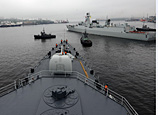
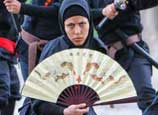
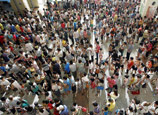
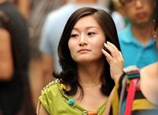
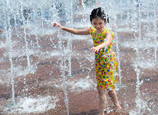

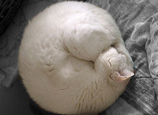
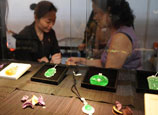







 Rainstorms flood more than 10,000 cars in underground garages in Wuhan
Rainstorms flood more than 10,000 cars in underground garages in Wuhan


![]()
